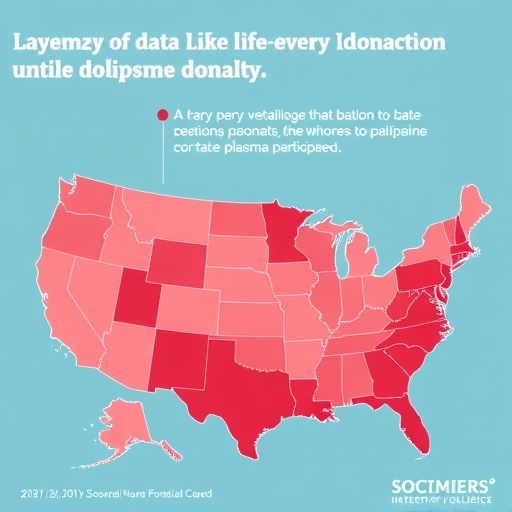And 60 minutes of daily physical activity was associated with the best chance of reaching 90 for women
Body size-height and weight- may influence women’s lifespan far more than it does men’s, suggests research published online in the Journal of Epidemiology & Community Health.
And while physical activity is linked to longer lifespans in both sexes, it seems the more time men spend physically active every day, the better it is for their chances of reaching old age, whereas 60 minutes a day was associated with the best chance for women, the findings indicate.
Average life expectancy has risen over the past few decades, but has recently started to plateau in some developed nations, with increasing levels of obesity and physical inactivity thought to be behind the trend.
Previous research has looked at the associations between weight (BMI or body mass index), physical activity, and reaching old age, but most studies have combined both sexes, or focused exclusively on men.
Women and men’s lifespans differ, which may be influenced by factors such as hormones, genes and/or lifestyle.
To explore these differences further, the researchers analysed data from the Netherlands Cohort Study (NLCS), which included more than 120,000 men and women aged between 55 and 69 when it began in 1986.
They wanted to see if there were any links between height, weight, leisure time physical activity, and the likelihood of reaching the age of 90, and if there were any differences between men and women.
Some 7807 participants (3646 men and 4161 women aged between 68 and 70) provided detailed information in 1986 on their current weight, height, weight when aged 20, and their leisure time physical activity.
This included activities such as gardening, dog walking, DIY (home improvements), walking or cycling to work, and recreational sports, which were grouped into categories of daily quotas: less than 30 minutes; 30 to 60 minutes; and 90 minutes or more.
Participants were then monitored until death or the age of 90, whichever came first.
The researchers considered potentially influential factors, such as whether the participants were current or former smokers, how much they drank, their educational attainment, and usual energy intake.
Some 433 men (16.7%) and 944 women (34.4%) survived to the age of 90.
Women who were still alive by this age were, on average taller, had weighed less at the start of the study, and had put on less weight since the age of 20 than those who were shorter and heavier.
What’s more, women who were more than 175 cm (5 feet 9 inches) in height were 31 per cent more likely to reach 90 than women less than 160 cm ( 5 feet 3 inches).
No such associations were seen among the men.
And when it came to physical activity levels, men who clocked up over 90 minutes a day were 39 per cent more likely to reach 90 than those who did less than 30 minutes.
And every extra 30 minutes of daily physical activity they racked up was associated with a 5 per cent increase in their chances of turning 90.
But this wasn’t the case for women. Those who chalked up more than 30-60 minutes a day were 21 per cent more likely to reach 90 than those managing 30 minutes or less.
But there seemed to be an optimal threshold for women: around 60 minutes a day was associated with the best chance of their celebrating a 90th birthday.
This is an observational study, and therefore can’t establish cause. And information on body size and physical activity was volunteered rather than objectively measured, which might have affected the results, say the researchers.
But the findings are based on large numbers of people, all of whom were similar in age, which strengthens the results, they point out, adding that their study is one of only a few to differentiate lifestyle factors potentially associated with a long life between men and women.
There might not be any association between body size and reaching old age in men, the researchers point out. But behaviour and illness history did seem to influence the associations found, and there were differences between smokers and non-smokers.
###
Peer reviewed? Yes
Evidence type: Observational study
Subjects: People
Media Contact
BMJ Media Relations team
[email protected]
44-073-887-08030




